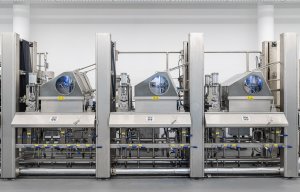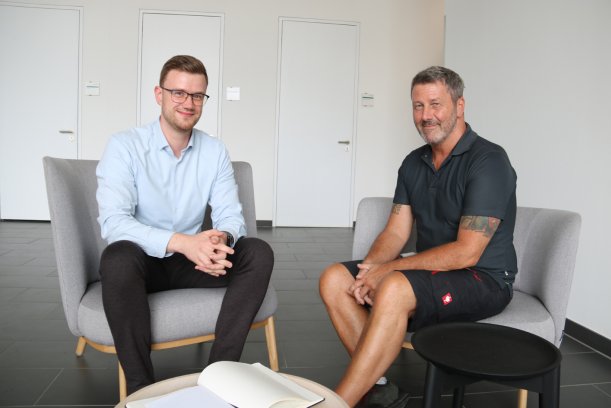
Karl Mayer partners with leading denim brands
Providing the energy consumption data now being demanded by warp knitter’s automotive customers.

8th August 2024
Innovation in Textiles
|
Obertshausen, Germany
Karl Mayer launched its Energy Efficiency Solution (EES) for recording and analyzing energy consumption on warp knitting machines two months ago, and customers are already providing positive initial feedback.
To ensure the EES can be easily adopted, , Karl Mayer has already translated the operating manual into six languages and developed a tutorial which can be found on the Karl Mayer Academy online platform. This provide information on opening and configuring with customer-specific data, along with all display options and search functions and a full guide to analyzing energy consumption, costs and CO2 emissions.
In addition, further optimisations for the EES are now on the way, including a timer function feature.
One enthusiastic customer is Rökona, the warp knitting specialist which develops and manufactures technologically sophisticated textiles for new products and applications based in Tübingen, Germany.
“We have had an integrated environmental management system certified to ISO 14001 since mid-2023 and take a precautionary and planned approach to environmental issues, says Rökona production manager Stefan Passauer. “Every contribution counts, especially when it comes to energy and a special team at our company monitors energy consumption in all process steps of our fully integrated production.
“In addition, our customers are increasingly demanding verifiable contributions to climate-friendly production. Brands in the automotive sector in particular, are demanding documented data, for example on the reduction of CO2 emissions per square metre of fabric. With the EES, we can determine the required values, store them in a master database and compare them as proof of improvements. This also helps us with environmental audits.”
Rökona was involved in the EES development from the start, and initially installed a first measurement device on an HKS 3-M ON machine.
“At the same time, we discussed potential improvements with the experts at Karl Mayer on an almost weekly basis,” Passauer explains. “We then connected the new HKS 4-M ON field test machine, which is already equipped with the EES, to the KM.ON cloud via the k.ey device and included it in the pilot project. Three more machines followed later, including a double raschel machine. In April this year, we moved the system from a development server to the KM.ON infrastructure. The machines are now integrated into normal production operations with the EES.”
He adds that the EES system operates very reliably and delivers data that is easy to understand.
“The various analyses are particularly important to us, for example comparing the costs and consumption of a machine over a certain period of time or when working with different items. It is also useful to be able to compare several machines with each other. We have found that the HKS 4-M ON has the highest energy efficiency and is the fastest machine we have integrated and monitor with EES.”
Rökona still has ideas for the further optimisation of the display and would also like to be able to enter specific information via the web browser in order to link and save article data with the corresponding operating data.
Most recently, its has co-developed a function for automatically switching the machine to standby mode with the Karl Mayer team.
“This is already working very well and is a huge relief for us,” Passauer says. “Previously, we only manually switched the machines individually to standby mode at the weekend using a timer. The EES now enables automatic shutdown according to a schedule of production and heat-up times, which can be entered on the display of any mobile device or computer. This means that we have shorter interruptions in operation, for example when changing articles, to save energy.”

Business intelligence for the fibre, textiles and apparel industries: technologies, innovations, markets, investments, trade policy, sourcing, strategy...
Find out more